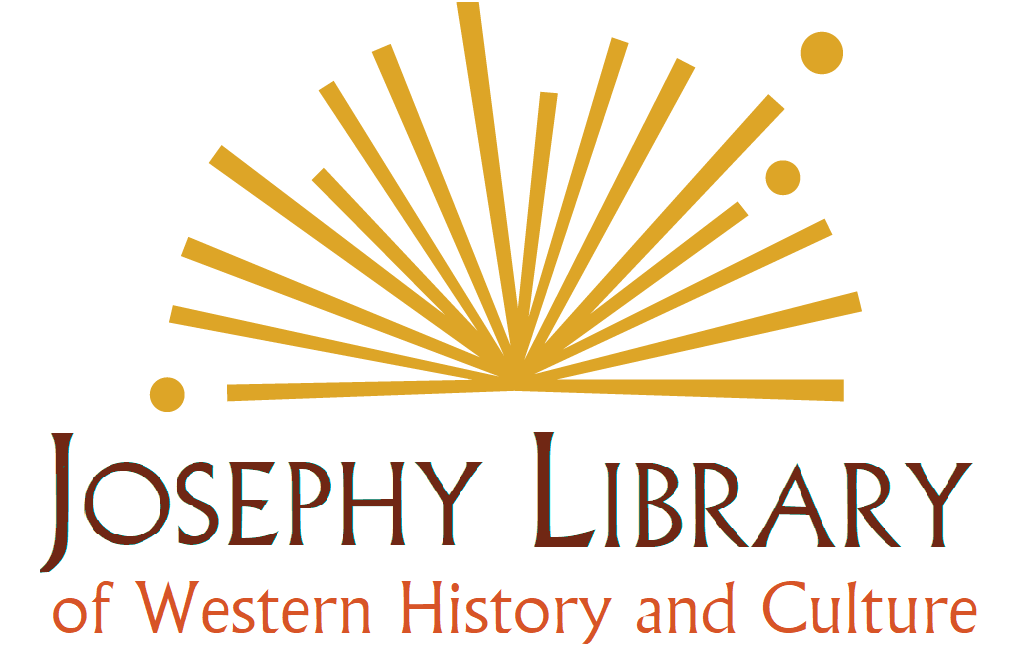Fishtrap brought novelist Molly Gloss to town last week to further the Big Read discussion of Charles Portis’s book, True Grit. Molly’s task was to trace the role of women from “dime novels” to the present day.
True Grit, written about a time and place—Arkansas and the Indian Territory in years immediately following the Civil War—was written in the 1960s and published in 1968. Gloss told us that 14 year old protagonist Mattie Ross, who bore some resemblance to the “tom boy” women of the dime novels, differed in that she “moves the action” in the story. The tom boys of older books were there for color—not action. The more important women in those old novels were the frail Paulines waiting to be saved by brave cowboys. Even as they gained some weight and education as schoolmarms, their role in the story was to be saved by the male hero—who might be tamed and married by them, or more likely ride off in the sunset to save another lady and town from the evils at their doors.
According to Gloss, the “western,” from James Fennimore Cooper on, defines and works the “American Myth,” becomes our stories of King Arthur. That is a delicious thought, but one I’ll leave for another day while we go back to history’s actors.
When Gloss started reading Westerns, and then determined to write them, she found no women protagonists. But, partly due to the opening up of history and attention paid to personal accounts in the 60s and 70s, she found legions of women’s diaries and accounts of moving west, ranching, farming, and managing their own affairs. She was surprised to learn that in some places one in four homesteaders was a single woman. But even the women novelists—a safe occupation for stay at home women in the early part of the 20th century, followed the code of male heroes. (They did not, in Gloss’s survey, resort to violence as frequently as did their male writing counterparts.)
 So Molly Gloss wrote The Jump Off Creek, a beautiful, intimate and true novel featuring a woman homesteader in the Blue Mountains of Oregon in the last days of the 19thcentury. The widowed Lydia builds a new life in a strange new country. There are women with husbands and children, but there are also single cowboys trying to make a go of it, and “wolfers” living on government bounties who kill and poison cows when they can’t find a deer to bait. The young La Grande features stock buyers, boarding houses and brothels, and a half-breed with white friends and partners is not immune to a racist beating.
So Molly Gloss wrote The Jump Off Creek, a beautiful, intimate and true novel featuring a woman homesteader in the Blue Mountains of Oregon in the last days of the 19thcentury. The widowed Lydia builds a new life in a strange new country. There are women with husbands and children, but there are also single cowboys trying to make a go of it, and “wolfers” living on government bounties who kill and poison cows when they can’t find a deer to bait. The young La Grande features stock buyers, boarding houses and brothels, and a half-breed with white friends and partners is not immune to a racist beating. But it is Lydia’s story—and, in my mind, a truer picture of the country that was than we’ve been led to believe by decades of western books and movies promoting the conquest and taming of a vast western wilderness occupied by a few uneducated savages.
And that is where Molly Gloss meets Alvin Josephy and a host of new historians who have given us a West with Indians, women, and immigrants from all over the world. It’s a West that was NOT a wilderness, but a homeland to numerous groups of fishers, hunters and gatherers, artists and craftsmen and women who had used and modified resources, developed sophisticated technologies and built extensive trade networks.
The Western homeland was invaded by sea and by land, first by trappers and explorers, then by missionaries and homesteaders, and more recently by industries exploiting its extensive natural resources. Historians Patti Limerick, Sue Armitage, Richard White and others have documented the real changes over the two centuries since Lewis and Clark. More recently, environmental historians Alfred Crosby and Charles Mann have highlighted the place of disease and European attitudes (not just guns) in the transformation of the continent. They show again and again that the Americas were not pristine wildernesses when Europeans arrived.
Alvin Josephy’s unique approach, beginning in the 1950s, was to try to understand American history from the Indians’ point of view. And in this he shows that disease and weapons killed, attitudes of “dominion” over an “other,” natural world overwhelmed, but that through it all Indians acted. They fought, negotiated, joined with white trappers and traders, guided immigrants, puzzled out white religions, and gave the Europeans words and ideas—some that contributed to the national concept of democracy and representative government.
It was easier and somehow innocent to see America as High Noon and Shane, see through the racist eyes of Zane Gray and the conquering heroes of George Washington and Andrew Jackson, the cerebral workings of Thomas Jefferson, and the stoic resolve of Abraham Lincoln. But the real American story is Mattie Ross and Lydia Sanderson, Squanto and Tecumseh and the Indian women who tamed corn and manioc and chocolate and tobacco, and David Thompson and a legion of half-breed trappers and families who transformed traditional economies and mapped the West.
And yes, missionaries and settlers too. But remember that it was Eliza Spalding who learned the Nez Perce language and invited Indians into her home. Had we followed her instincts rather than those of her husband and his missionizing colleague, Marcus Whitman, we might have had a different West.
# # #

